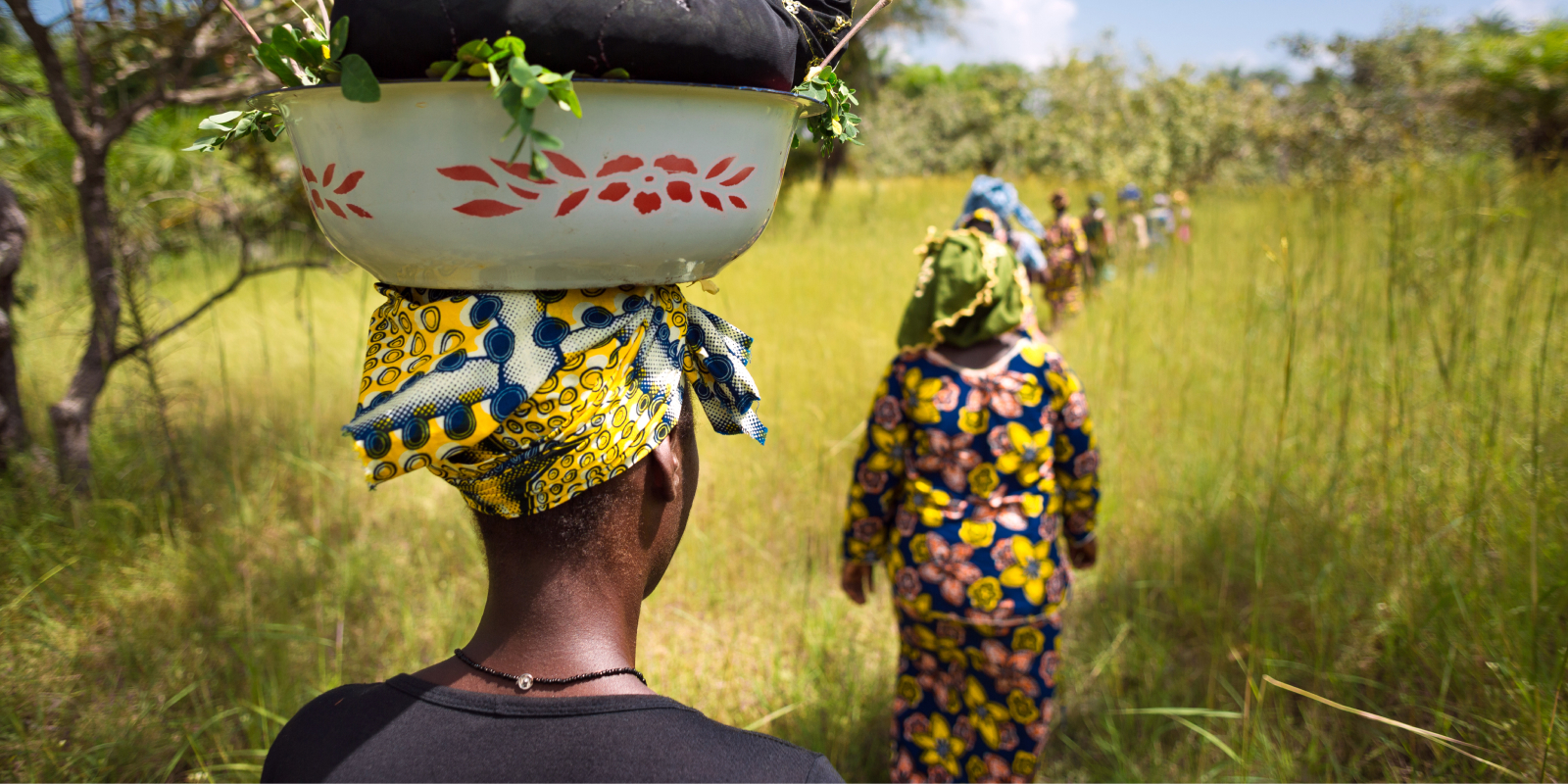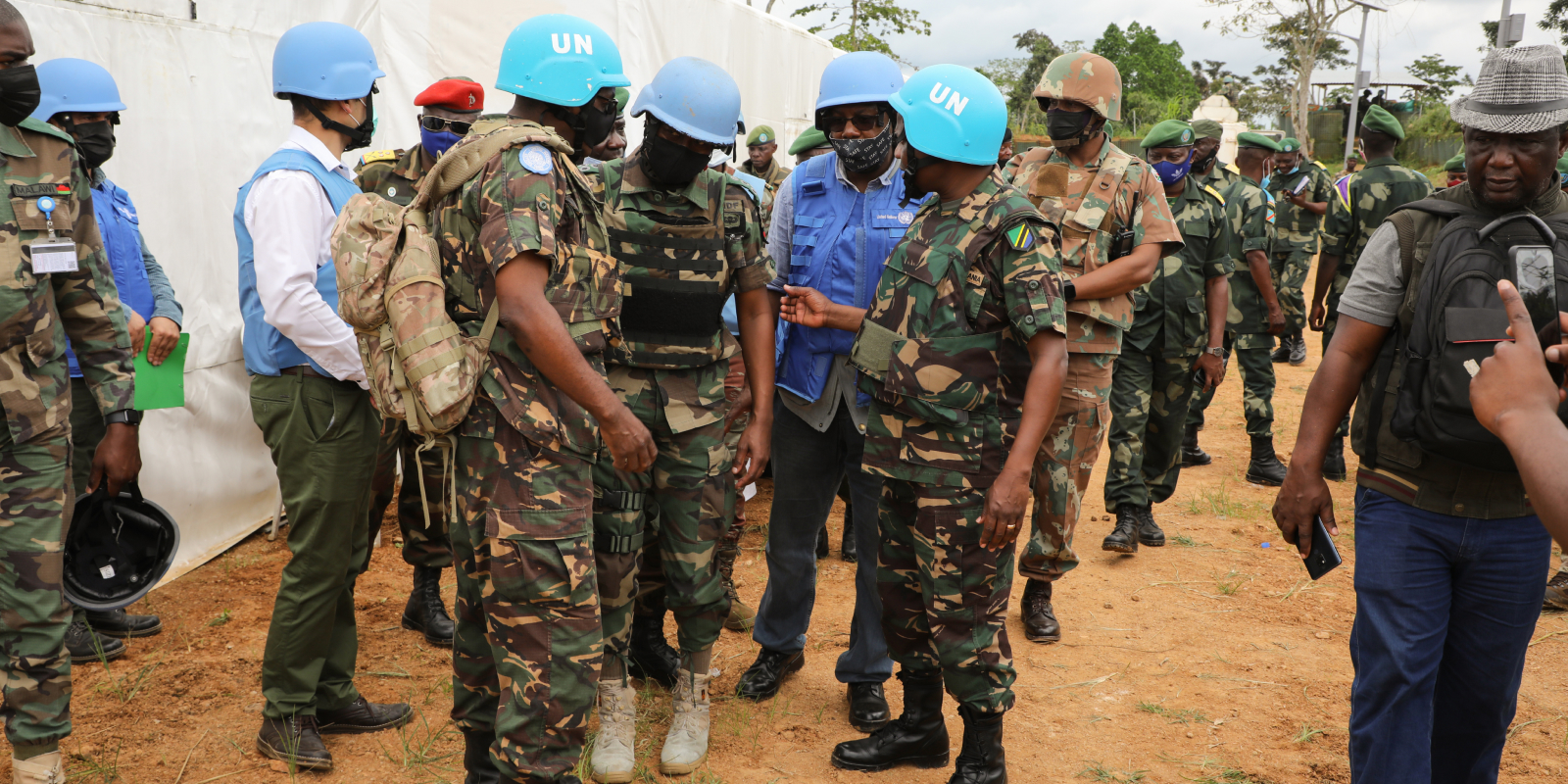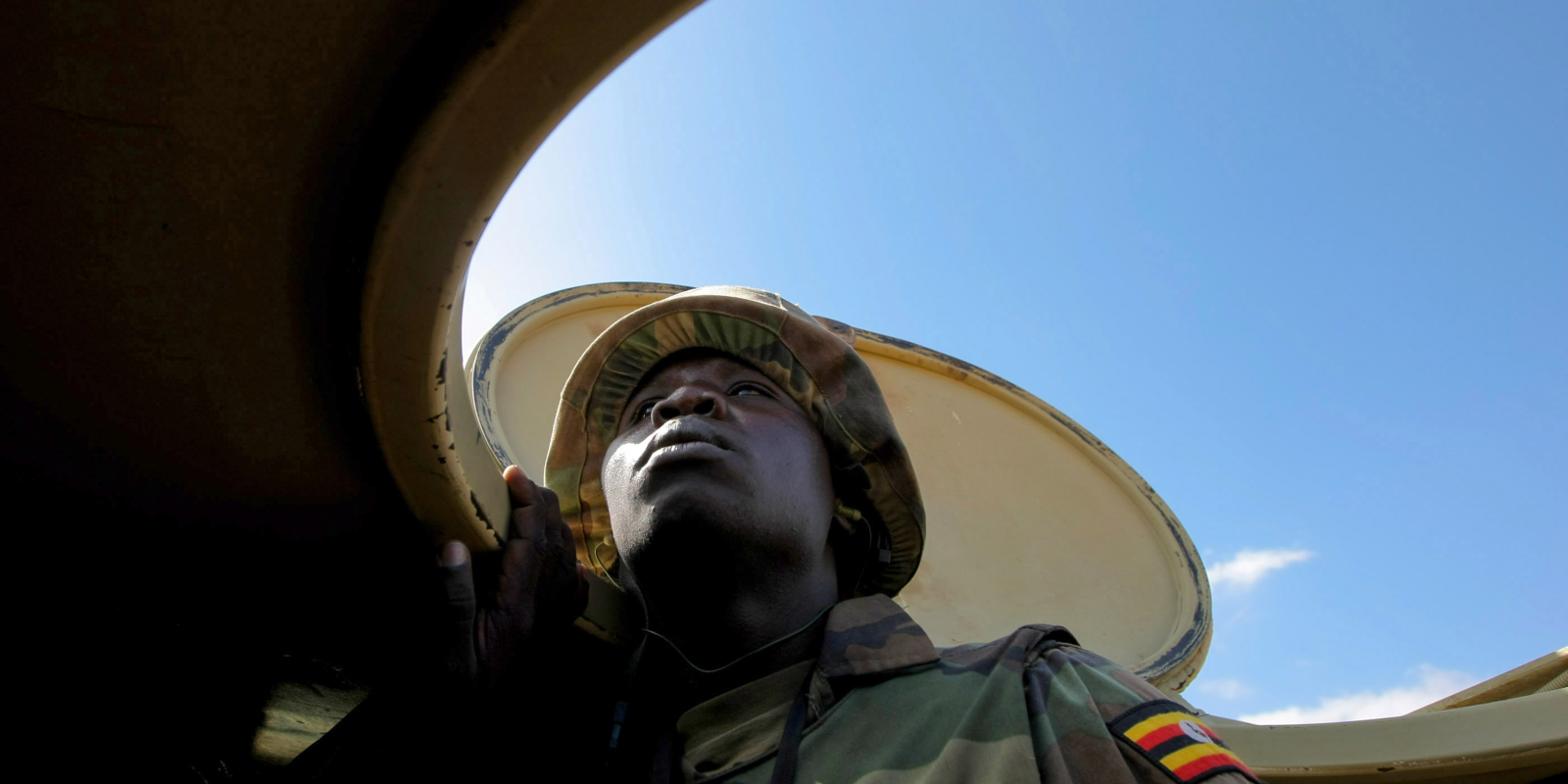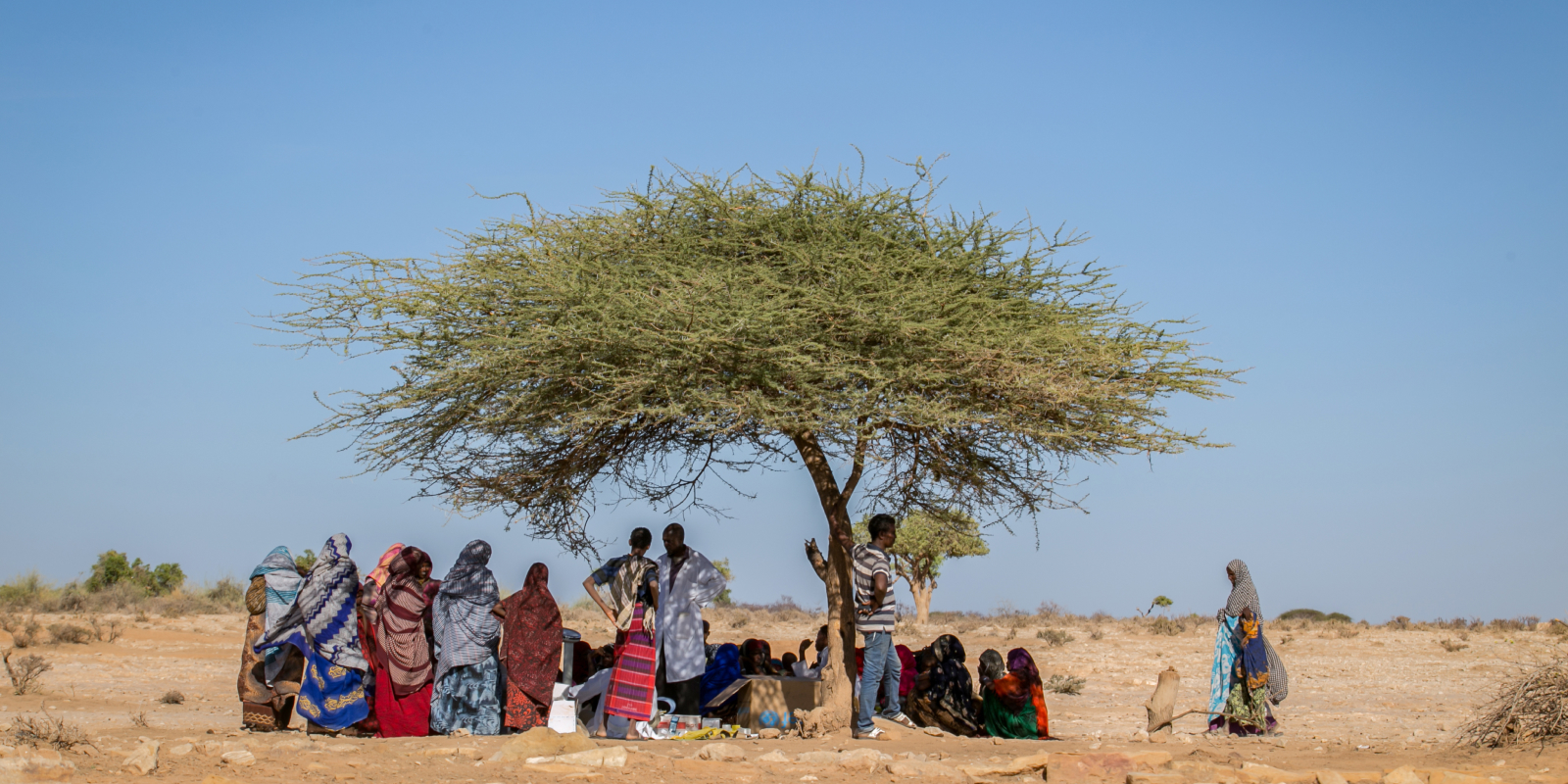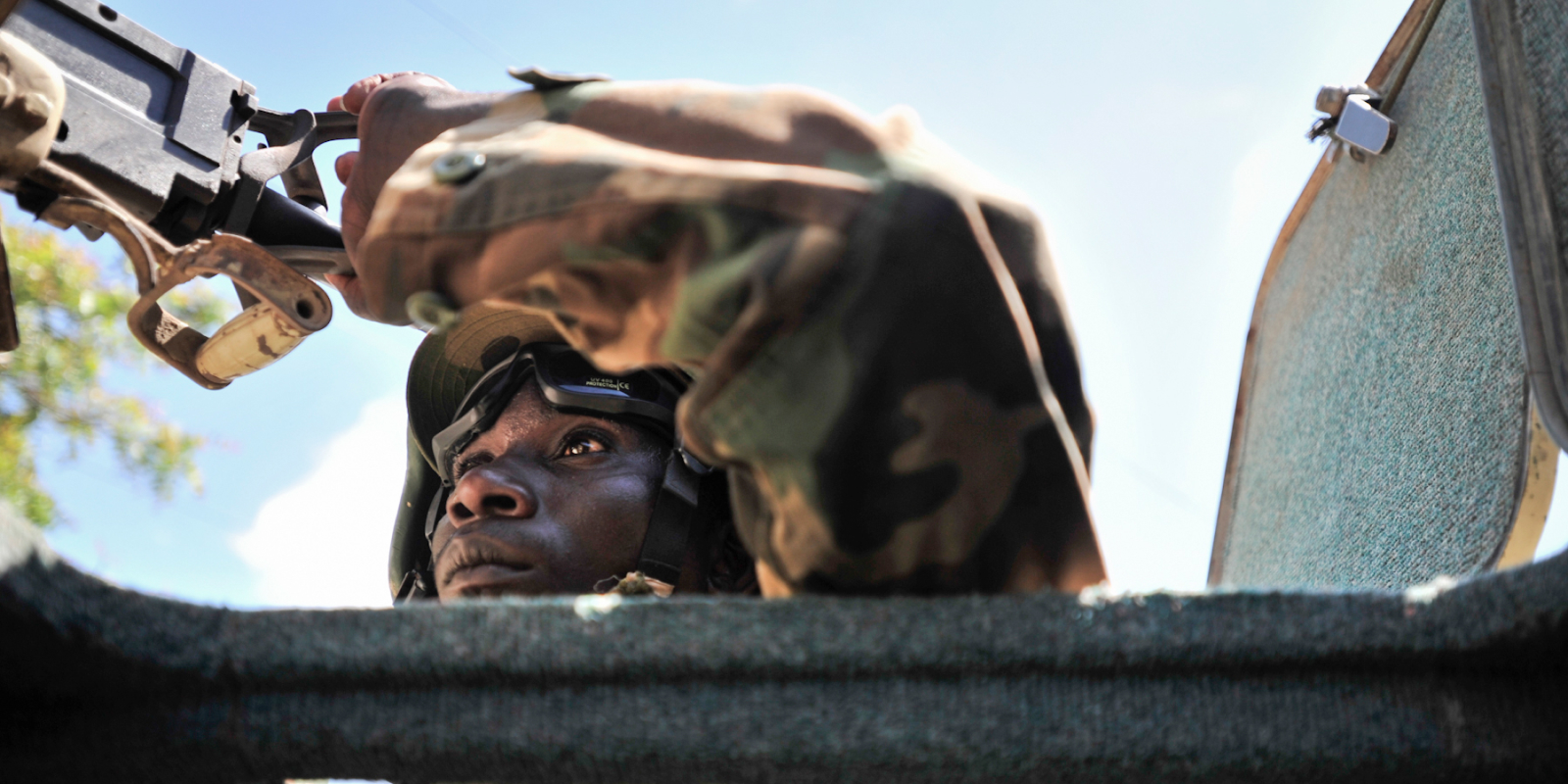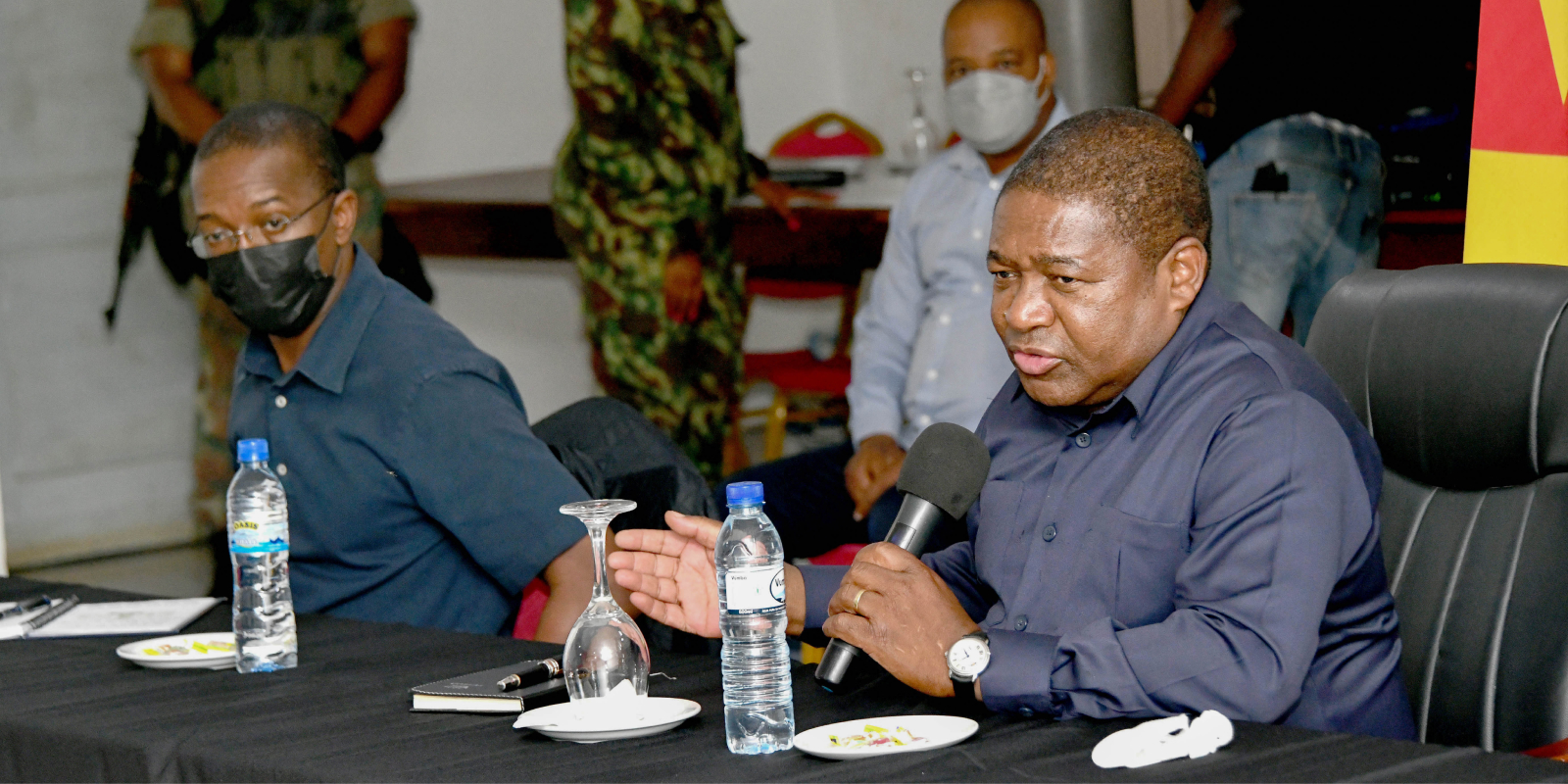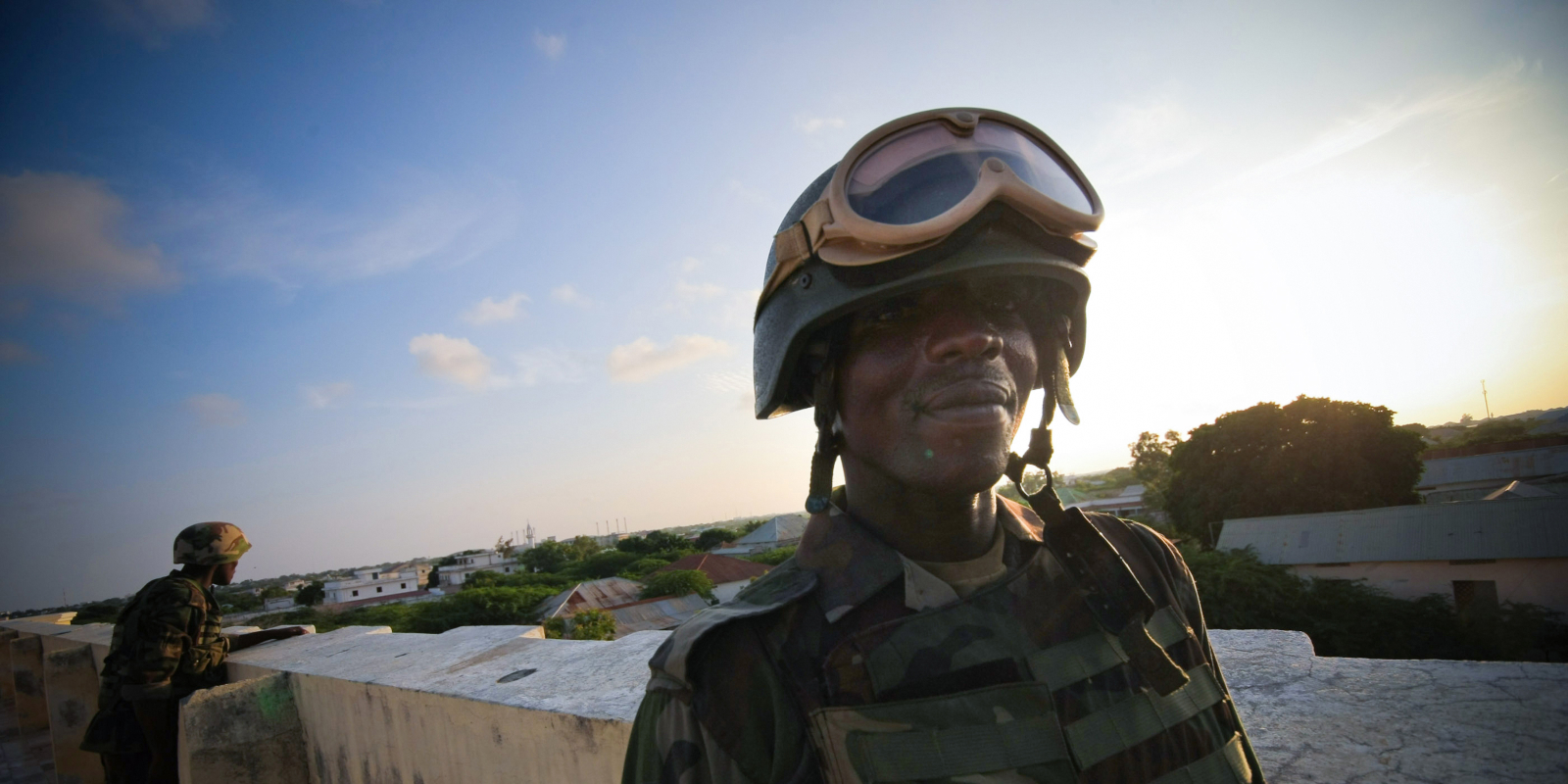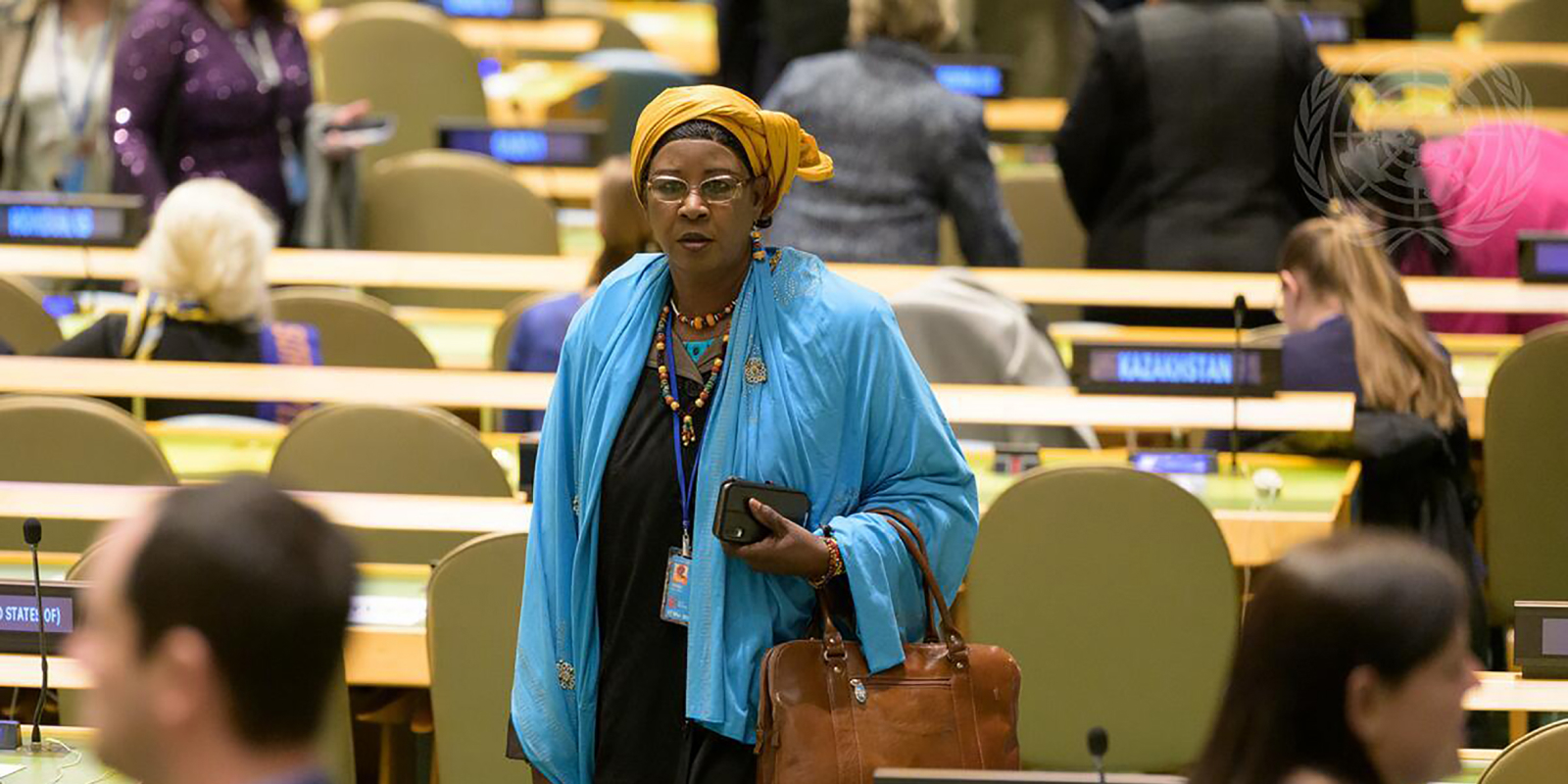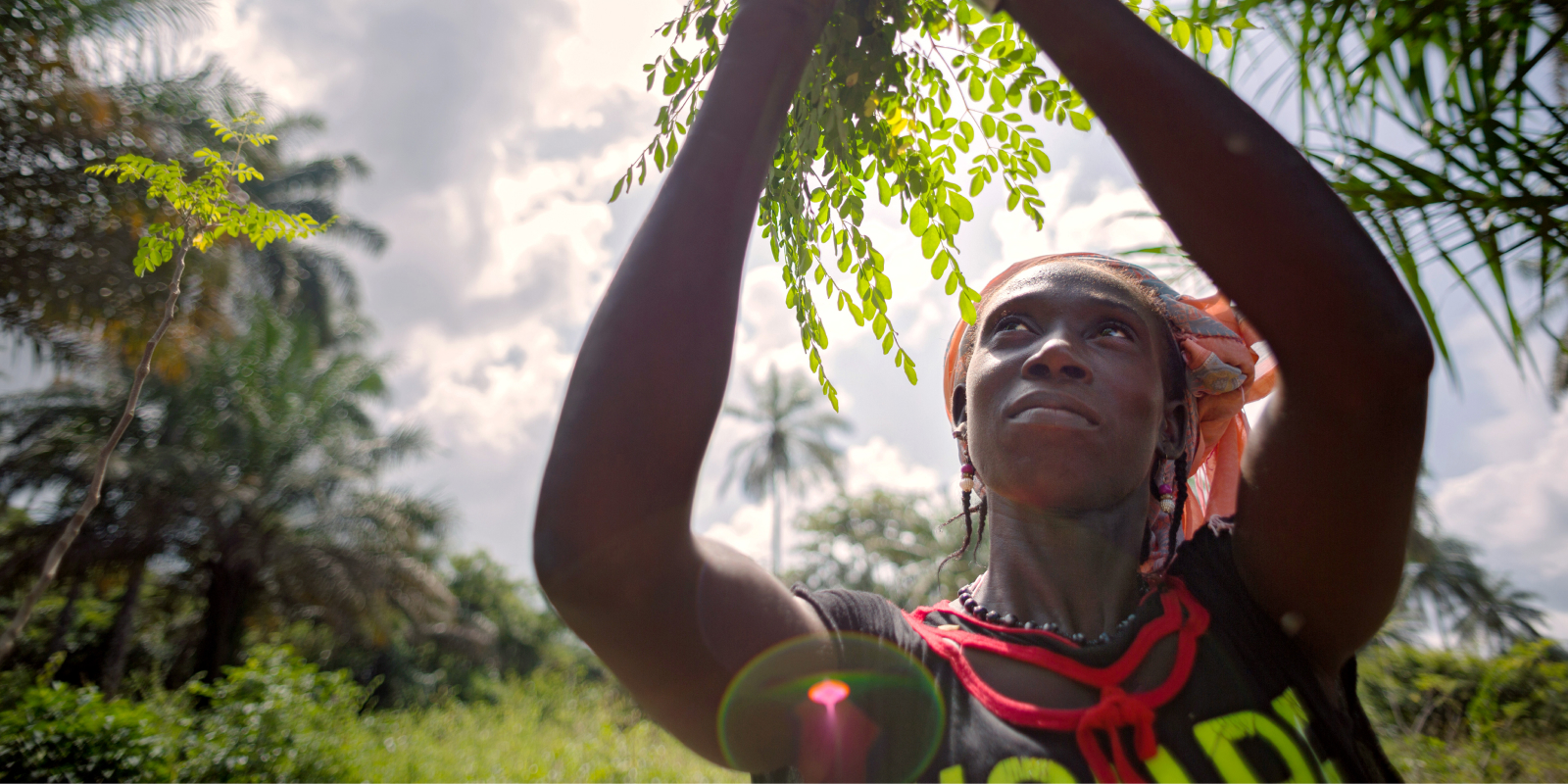In this month’s edition of the Monitor, we begin with a piece from Huang Xia, the Special Envoy of the United Nations Secretary-General for the Great Lakes Region of Africa. He writes a piece about the current peace efforts in the eastern Democratic Republic of the Congo (DRC), the regional dynamics at play and the role of the United Nations.
Staying in the eastern DRC Dr Kizito Sabala writes about the deployment of the East African Community (EAC) Regional Force and how it will interact with other forces already deployed to the region.
Moving across to the Lake Chad Basin, Siobhan O’Neil and Chika Charles Aniekwe reflect on the reintegration of ex-Boko Haram combatants and communities’ reception of the ex-combatants.
Our fourth article is an update on the ongoing transitional processes in Sudan. Yonas Berhané write about the current efforts to transition Sudan to civilian rule in the context of the recently signed agreements.
From Sudan, we move to Mozambique and Cabo Delgado for our fifth article. Craig Moffat has written about the recent visit of the Peacemaking Advisory Group (PAG) to Cabo Delgado and the Group’s efforts to facilitate dialogue amongst the stakeholders to the conflict.
Following that, Cedric de Coning and Andrew E. Yaw Tchie have written a piece on the Africa Standby Force (ASF) and its role in Africa’s evolving conflict landscape. Instead of making use of the ASF, states have chosen to use ad-hoc security initiatives, such as those in the Sahel and Lake Chad Basin. This then requires a rethinking of the role of the ASF and the African Peace and Security Architecture.
As we head towards the end of Women’s Month in March, our final two pieces for the Monitor reflect on key issues within the women, peace and security (WPS) agenda. Pravina Makan-Lakha, writes about the recent efforts of Ethiopian women to ensure their meaningful representation during the peace processes following the conflict between the federal government and Tigray Peoples Liberation Front, as well as a reflection on the work of women’s peace networks in Mozambique and South Africa. Finally, Karabo Mokgonyana, writes about the burden that climate related conflicts in Africa place on women.

